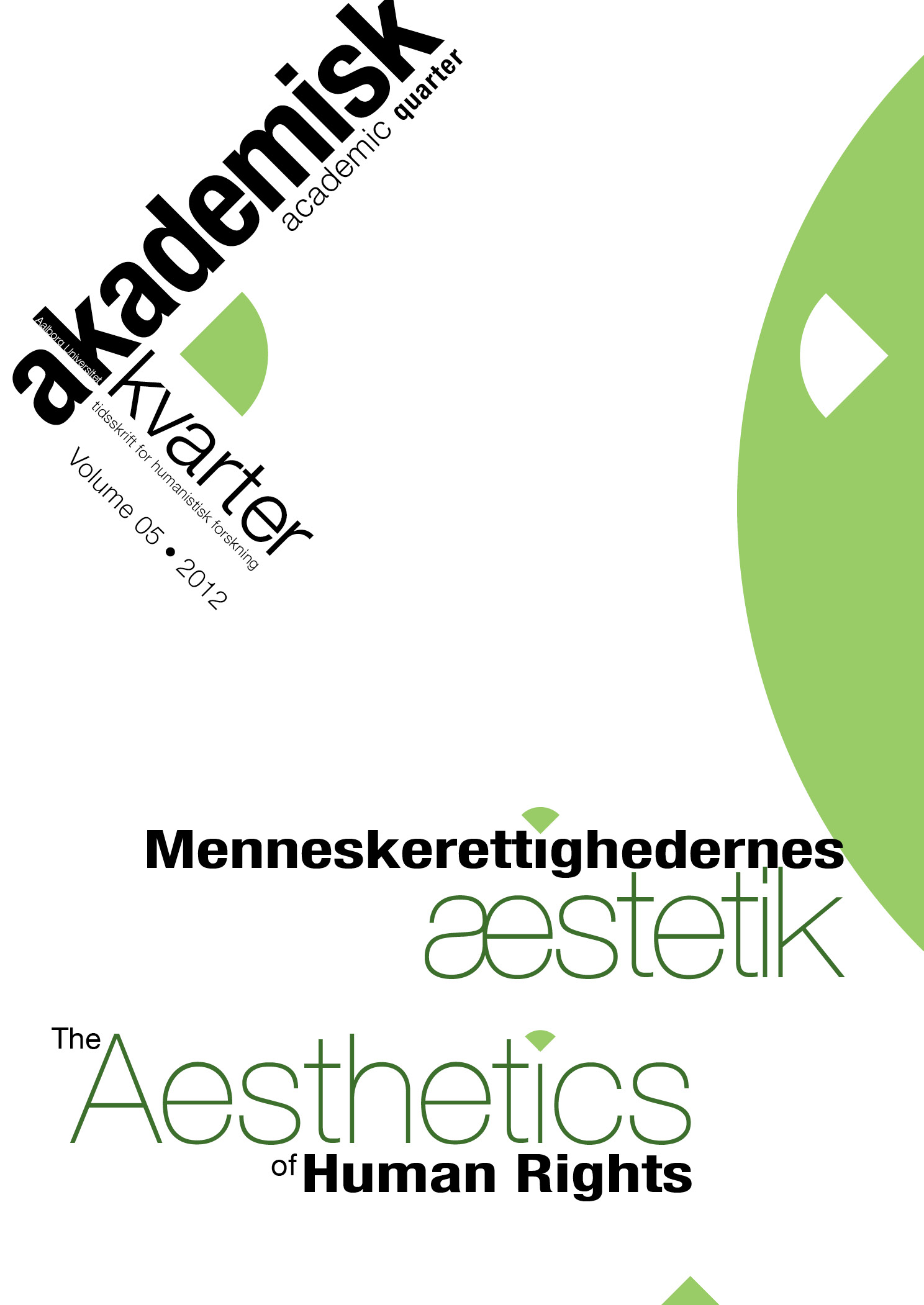Abstract | Abstract
In recent years, human rights film festivals have proliferated across the globe. Often co-sponsored by human rights organizations like Amnesty International or Human Rights Watch. While human rights documentaries are not a widely identified subgenre of nonfiction film, they can be situated within a wider tradition of non-fiction filmmaking that engages in social and political issues, motivated by the underlying premise that films can effect change. Human rights documentary are often auto-denominations based on filmmaker intent, political engage¬ment, or topical focus. Although human rights documentaries should be disquieting, their aesthetic form ends up conforming to what will be shown in the article to be a problematic aesthetic and narrative template at odds with their aims. This article will offer a critique of this dominant representational style through an analysis of China Blue, directed by Micha Peled. China Blue will then be contrasted with Last Train Home, a 2009 film on the same topic, which adopts a representational style that contrasts sharply with China Blue.
